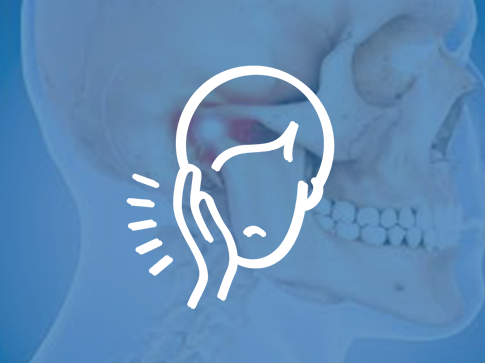Jaw Joint Treatment
The jaw joint works through a joint called the temporomandibular joint (TMJ), which is a joint located between the lower jaw and the skull bone. This joint is important for functions such as speaking, swallowing and chewing.
The jaw joint works through a joint called the temporomandibular joint (TMJ), which is a joint located between the lower jaw and the skull bone. This joint is important for functions such as speaking, swallowing, and chewing. However, in some cases, problems can occur in this joint. In this case, jaw joint treatment may be required.
Symptoms
The symptoms of jaw joint problems can vary from person to person. Some people experience pain, while others may feel limited or stuck in their jaw movements without feeling pain. Symptoms may include:
Jaw pain or tenderness
A feeling of limited or stuck jaw movements
Ear pain or ringing in the ear
Headache or neck pain
Jaw joint cracking or clicking sounds
Facial swelling or edema
Causes
There are many causes of jaw joint problems. Some of them are:
Injuries: Jaw joint injuries can result from an accident or from sports activities.
Teeth: Misalignment of the teeth in the jaws, wear and tear on the teeth, or decay can cause jaw joint problems.
Stress: Stress can cause muscles to tighten, which can lead to jaw joint problems.
Arthritis: Types of arthritis such as rheumatoid arthritis or osteoarthritis can cause jaw joint problems.
Treatment Methods
Jaw joint problems can often heal on their own. However, if symptoms persist or affect quality of life, jaw joint treatment may be necessary. Treatment options may include:
Medications: Painkillers or anti-inflammatory medications can be used for jaw joint problems.
Physiotherapy: Physiotherapy is a treatment method used to treat jaw joint problems. Physiotherapists recommend exercises to strengthen the jaw muscles and joint.
Jaw joint splints: Jaw joint splints are a type of device that limits jaw movement and relieves jaw joint pain.

